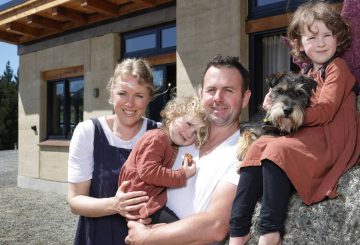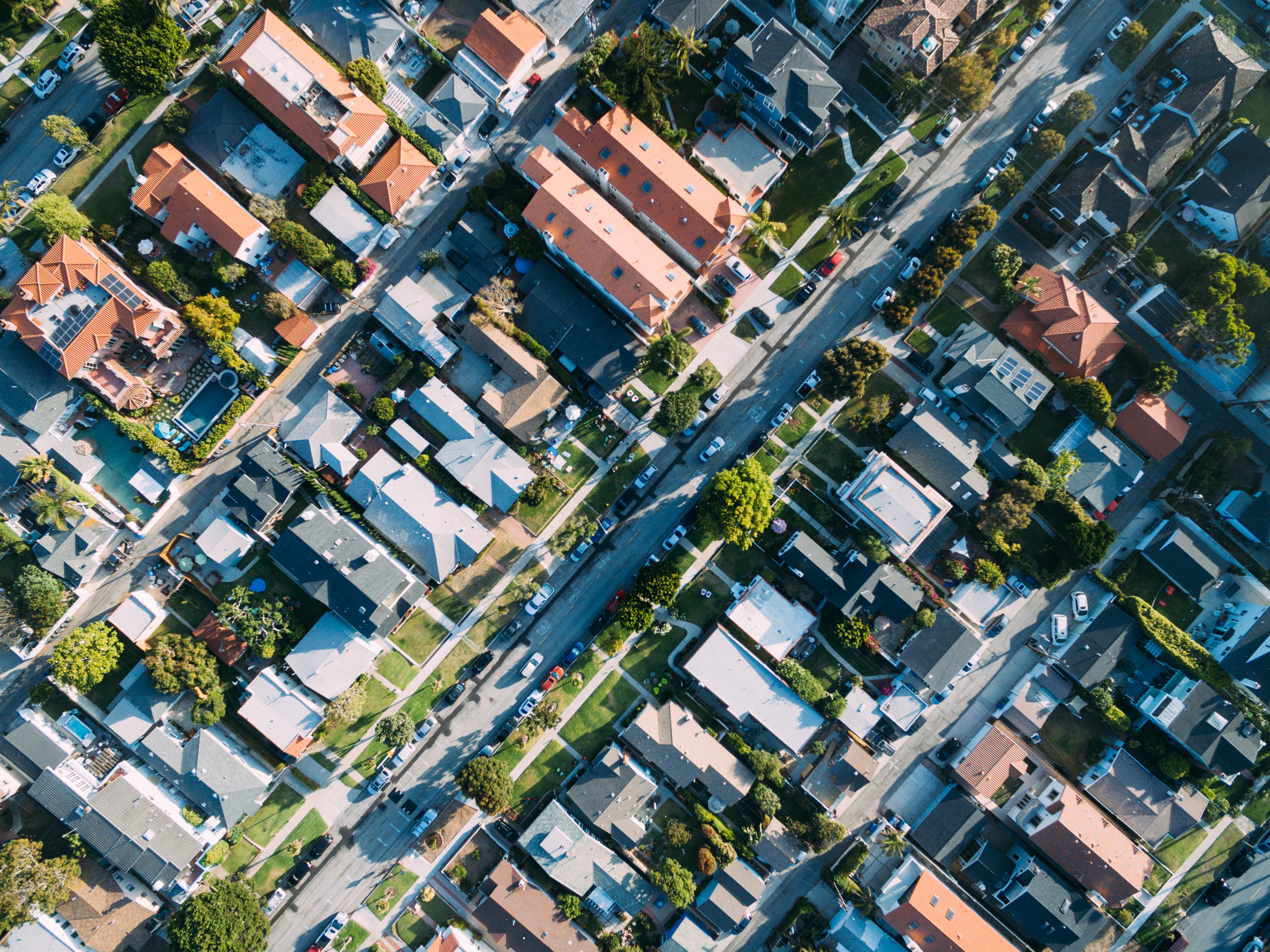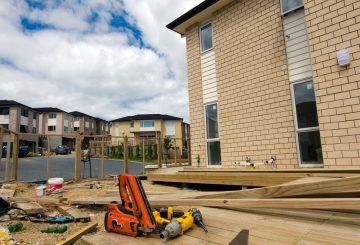혹스베이 지역 협의회는 사이클론 가브리엘로 인해 심각한 피해를 입어 거주하기에 안전하지 않은 헤이스팅스와 네이피어의 287개 부동산에 대한 매입을 시작하기로 결정했습니다.이번 결정으로 이들 부동산은 임시 ‘카테고리 3’ 상태에서 ‘최종 등급’으로 승격되어 인수 절차를 시작할 수 있습니다.
지역 위원회 의장인 Hinewai Ormsby는 이번 결정이 사이클론 이후 이 지역의 회복에 상당한 진전을 가져다 준 것이라고 언급했습니다.그녀는 홍수로 피해를 입은 지역사회가 견뎌낸 어려움에 공감하고 수많은 주택 소유주들이 앞으로 나아갈 더 명확한 길을 제시하게 되어 기뻤다고 말했습니다.
이후 헤이스팅스 디스트릭트와 네이피어 시티 의회가 인수 집행을 맡게 됩니다.그들은 최근 자발적 매입 정책을 승인했는데, 여기에는 부동산 소유주들이 인수 제안을 검토할 수 있도록 안내하는 전담 사무실 설립이 포함됩니다.이 시설은 10월 24일까지 운영될 예정입니다.
헤이스팅스 시장인 산드라 헤이즐허스트 (Sandra Hazlehurst) 는 이번 인수를 통해 사이클론 피해를 입은 주민들이 비극에서 벗어날 수 있는 기회를 얻기를 바란다고 밝혔습니다.이 접근법은 사이클론 가브리엘의 최악의 분노에 직면한 사람들에게 명확성을 제공하고 의사 결정을 용이하게 하기 위한 것입니다.
그러나 일부 주택 소유자들은 여전히 부동산의 미래에 대한 불확실성에 직면하고 있습니다.지역 의회의 최고 경영자인 닉 피트 (Nic Peet) 는 잠정 카테고리 2 지역의 부동산을 둘러싼 모호성을 인식했습니다.그는 가능한 한 빨리 해결책을 개발하기 위한 노력이 계속되고 있다고 주민들을 안심시켰습니다.
10월 3일을 기준으로, 최근 혹스베이 지역의 부동산 분류에는 다양한 잠정 및 확정된 범주가 포함되어 있으며, 이는 부동산을 안전하게 유지하기 위해 필요한 위험과 잠재적 조치를 의미합니다.
정의된 카테고리:
- 카테고리 2P: 주택에는 고도 또는 배수 강화와 같은 특정 조정이 필요합니다.
- 카테고리 2C: 안전한 거주를 위해 스톱 뱅크와 같은 커뮤니티 차원의 홍수 방지 장치가 필요합니다.
- 카테고리 2A: 추가 평가 후 재분류 가능성.
- 카테고리 3: 부동산은 악천후 발생 시 생명에 대한 위험이 높으며 거주하기에 안전하지 않습니다.





























































